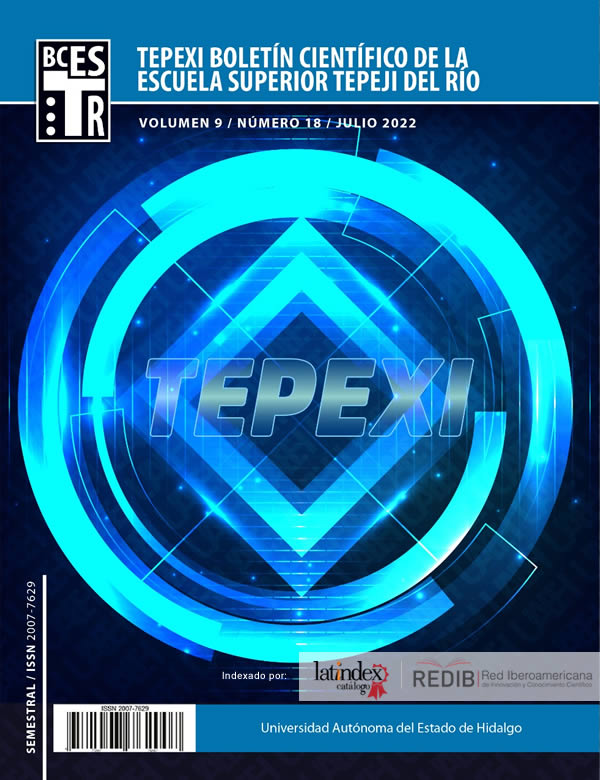Validity and reliability of an instrument that allows to detect a predatory journal
Abstract
Predatory journals represent an important problem within the scientific and academic community, they are characterized by working under unethical principles, where their main interest is to obtain economic benefit despite the lack of quality in the reviews as they appear to be carried out by academic peers. Given the above and as the main objective of the study is to validate and determine the level of reliability of the measurement instrument that allows to discover if the scientific community is facing a predatory journal, presenting items empowered to discover the relevant points of these. So, the proposed measurement instrument is validated by the judgment of expert professionals, had a good acceptance in the construction, in addition the relevance of the items was analyzed a statistical form considering their mean, standard deviation, and correlation by block finding that item 4 kept a very low correlation. The measuring instrument turned out to be reliable since the Cronbach alpha was 0.81 and by eliminating question 4 it increased to 0.84 obtaining a reliable instrument. Finally, a robust definitive instrument with 14 items is presented.
Downloads
References
Abad-Garcia, M. F. (2019). El plagio y las revistas depredadoras como amenaza a la integridad científica. 57-58. Obtenido de https://doi.org/10.1016/j.anpedi.2018.11.003
Alonso Arevalo, J., Saraiva, R., & Flores Holguin , R. (2020). Revistas depredadoras: fraude en la ciencia. 1-6. Obtenido de http://dx.doi.org/10.5209/cdmu.68498
Abanto Vélez W. I. (2015). Validez y confiabilidad de los Instrumentos. Obtenido de https://superateonline.jimdofree.com
Beall, J. (2010). Predatory. Open-Access Scholarly Publishers The Charleston Advisor, 10-17.
DOAJ. (2020). El directorio de Revistas de Acceso Abierto (DOAJ) en el ecosistema de acceso abierto y un par de observaciones sobre el panorama actual de revistas cientificas en America Latina. Transferencia editorial y revistas depredadoras.
García Cadena C.H. (2006). La medición en Ciencias Sociales y en la Psicología, en Estadística con SPSS y Metodología de la Investigación de René Landeros Hernández y Mónica T. González Ramírez (comp.), México, Trillas.
Jimenez Contreras, E., & Jimenez Segura , J. J. (2016). Las revistas depredadoras, una nueva epidemia cientifica. Ciencia y enfermeria, 7-12. Obtenido de https://dx.doi.org/10.4067/S0717-95532016000200001.
Mc Gartland, D., Berg-Weger, M., Tebb, S., Suzanne, L., Rauch, M.S. (2003). Objectifying content validity. Conducting content validity study in social research, Social Work Research, Volume 27, issue 2, June 2003, pp 94-104.
Skjong.R. & Wentworth, B. (2000). Expert Judgement and risk perception. Recuperado el 17 marzo 2022 de http://research.dnv.com/skj/Paper/SkjWen.pdf.
Shamseer, L., Moher, D., & Maduekwe, O. (2017). Revistas biomedicas depredadoras y legitimas potenciales: ¿puedes notar la diferencia? Una comparacion transversal. BMC. Obtenido de https://doi.org/10.1186/s12916-017-0785-9
WAME. (2018). Principios de transparencia y mejores practicas en la publicacion academica. Obtenido de https://wame.org/principles-of-transparency-and-the-best-practice-in-scholarly-publishiung












